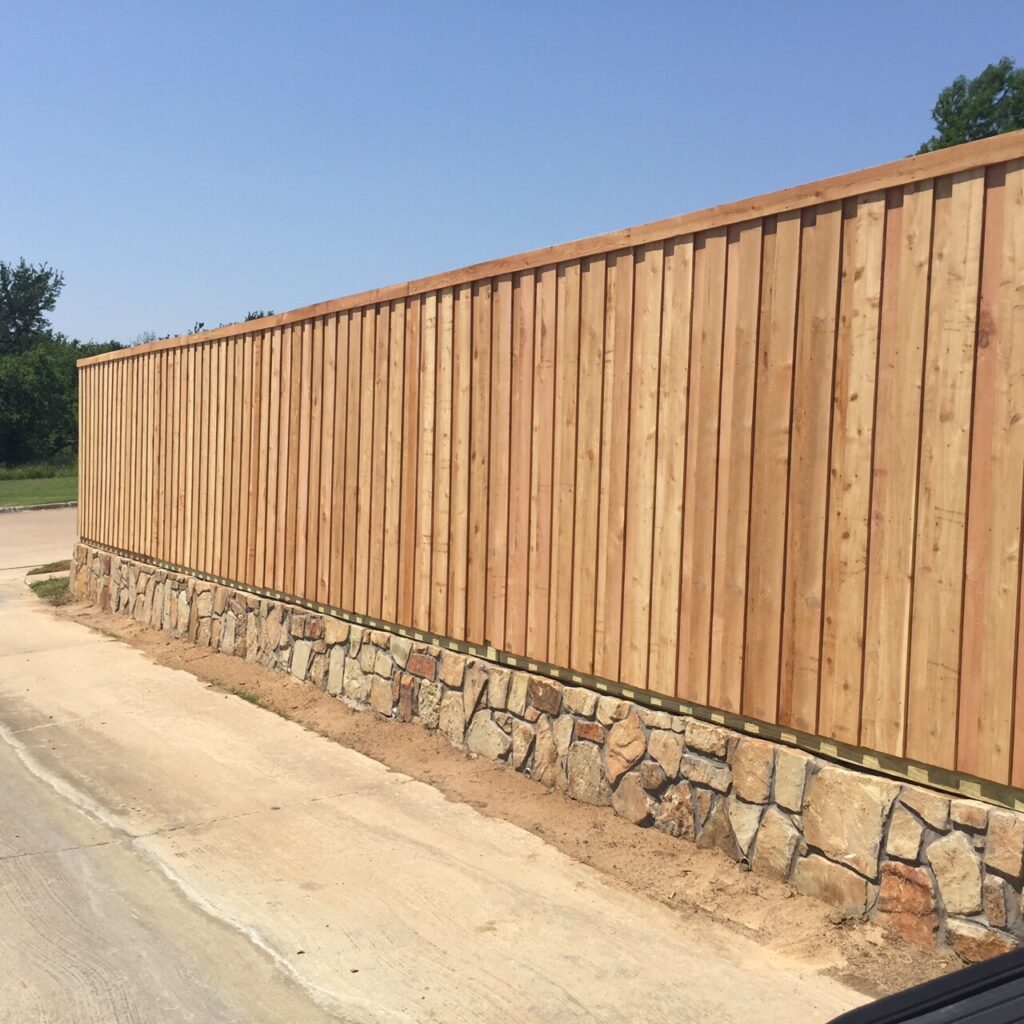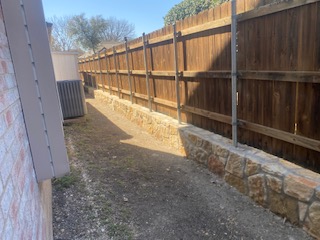Why Replacing Railroad Tie Retaining Walls Is Crucial in Texas
In Texas, retaining walls are essential for managing the landscape. Many older retaining walls across the state were constructed using railroad ties. They were previously valued for their durability and cost-effectiveness. However, over time, the harsh Texas climate can cause these ties to deteriorate, leading to significant issues. Replacing your railroad tie retaining wall is important to ensure structural integrity, safety, and overall appearance of your property.

Combatting Texas Weather Extremes
The Texas climate is notorious for its extremes—scorching heat, heavy rains, and occasional freezes. Railroad tie retaining walls are particularly vulnerable to these conditions. Heavy rains can lead to soil movement and extreme heat can cause rapid deterioration. Therefore, replacing old ties with more resilient materials is crucial to preventing structural failure.
Enhancing Property Appearance in Texas Landscapes
Texas homeowners take pride in their outdoor spaces. Retaining walls play a key role in these designs, but old, weathered railroad ties can detract from the beauty of your property. By replacing your railroad tie retaining wall with modern materials like natural stone like pave stone, you can enhance the visual appeal of your retaining wall.
Ensuring Safety Against Shifting Soils
In many parts of Texas, particularly in regions with expansive clay soils, soil movement is a common issue that can put extra pressure on retaining walls. As railroad ties age and lose their structural integrity, they can become unstable, increasing the risk of wall collapse. This is especially concerning in areas prone to heavy rain or flash flooding. But replacing old railroad ties with stronger, more stable materials helps ensure that your retaining wall can withstand these challenges and protect your property.
Your Railroad Tie Retaining Wall Poses Environmental Concerns
Many older railroad ties were treated with creosote, a preservative that can be harmful to the environment and human health. In Texas, where protecting natural resources like groundwater and soil is important, replacing creosote-treated ties with environmentally friendly alternatives is a responsible choice. This is particularly relevant in areas close to water sources, such as along the Gulf Coast or near Texas lakes and rivers, where the potential for contamination is higher.


